the outsider

No obstante, como lo avala la pasada historia electoral peruana y la imparcial visión de observadores nacionales e internacionales, la contienda electoral peruana no se caracteriza precisamente por seguir las reglas de la lógica, por lo que se entrevé que la contienda será sucia, una liza donde todo vale.... donde lo que interesa es el fin y no los medios. En este sentido Enero termina con un saldo sangriento. Humala ha sido acusado por todos los medios posibles de presunto violador de los derechos humanos mientras prestaba (como militar), servicios antiterroristas (1992-1994), en Ayacucho y el Alto Huallaga (jungla peruana). Las acusaciones -testigos de por medio- aducen juicios sumarios continuados con fusilamientos. En el caso de L. Flores, uno de sus vicepresidentes :Arturo Woodman ha sido acusado de concesionar puertos peruanos (Matarani), a allegados y de favorecer abiertamente a poderosos empresarios del entorno fujimorista. Alberto Andrade, uno de los vicepresidentes de Valentin Paniagua, ha sido acusado de sobrevaluar los precios de las vias expresas que construía mientras era alcalde de Lima. De otro lado, cuando cierto sector del público peruano pugnaba por que Toledo reconociera la paternidad de su hija ilegal Zarai, la hoy candidata presidencial Susana Villarán (Concertacion Descentralista.izquierda), en véz de tomar partido por la menor, optó por auparse a la defensa de Toledo, contrario inicialmente a reconocer a su hija. Un candidato menor M.A.Arrunategui (Proyecto Pais), ha sido acusado de proxenetismo. Otro, Jaime Salinas (Justicia Nacional), ha sido acusado de vender sus votos para favorecer a L. Flores. Las acusaciones tambien alcanzan a los postulantes al Congreso. Son tantas que 4 candidatos (L. Flores, Humala, Belaunde y A. Garcia), se han visto obligados a depurar y reordenar parcialmente sus listas parlamentarias. Un verdadero espectáculo, en el que el examen de la hoja de vida de los candidatos se realiza en forma publica, brutal y descarnada, logrando que el numero de simpatizantes aumente o disminuya de acuerdo al número de acusaciones fundadas y al tamaño y calidad de la defensa. La oscilación del electorado también se dá por los poco degustables programas de gobierno. Preguntados, en torno a aspectos especificos de financiamiento o coherencia de sus programas, la mayoria de candidatos o no responde o, lo hacen con muchos vacios de por medio.
Lo que los candidatos ignoran es que el electorado peruano ha variado, en los ultimos años. A saber, el 50% del electorado peruano esta conformado por menores de 30 años, deseosos de prestamos a bajos intereses para ensamblar microempresas, mejor educacion publica, seguro sanitario universal y sobre todo una sensación de que las cosas tienen que hacerse bien y, ahora. La globalización viabilizada por distintos medios de comunicación, ha dejado sus marcas, en el Perú. Aquí se siente, ya el efecto Evo Morales (y los cambios drásticos que anuncia), el efecto prístino de los gobiernos de Lagos y Bachelet, el efecto Chavez deseoso de alianzas nacionalistas, el efecto de la Union Europea y sus logros integracionistas, científicos y sociales,etc. Que duda cabe, los peruanos ahora votaran tras haber comparado.
Aunque Garcia es percibido como un hombre del pueblo, lo traiciona su conocida demagogia (habla, pero no produce). Por lo demas, su partido vive el estigma de estar conformado por políticos reacios a darle paso a nuevos valores. Sus representantes son los mismos de siempre, incapaces de renovarse, siempre votando en carpetazo, por lo que una cupula reducida determina. En tanto su gobierno no exhibió logros importantes, Garcia no parece ser el mejor candidato de su partido. En el caso de L. Flores, la defensa que Woodman hiciera de la entrega de puertos peruanos al capital chileno (algo con lo que no esta de acuerdo Lourdes), pinta de cuerpo entero el tipo de desencuentros que sucederían acaso Lourdes accesara al poder. Lourdes luce demasiado debil para poner orden en su filas. Si triunfa ella, la derecha tendra carta libre para trabajar o, depredar al pais. Paniagua, un dino de la derecha peruana, desencaja cada vez que le preguntan algo en profundidad. Responde mayormente con evasivas, cuidándose mucho. Aún no aprende que lo que importa es el pais y no el. Aunque Humala, tiene tras de si el tema de la violacion de los derechos humanos en tiempos de guerra, tiene de otro lado un creciente apoyo popular y de gran parte de la juventud peruana. Lo positivo en el es que se muestra capaz de poner orden en sus filas y en el Peru, cuando sea necesario, siendo ese su mayor atractivo
Para nosotros la encuestas que elevan a L.Flores, al primer lugar son cuestionables. Solo en San Juan de Lurigancho, un distrito de 1, 3 millones de habitantes (20% del electorado de Lima), es difícil que L.Flores gane. Por ese solo hecho, somos escépticos de los datos de las ultimas encuestas. El elector-metro de la calle (taxistas, andantes, publico en general), inclina sus preferencias en forma creciente por el outsider. Por ello, para nosotros el próximo presidente del Peru debe ser Ollanta Humala, a menos que como sucedió en Ucrania sea envenenado o acribillado, en el transcurso de la campaña. Lo que nos preocupa mas bien ahora es su programa de gobierno. Priorizará la educación? Firmará todos los TLCs posibles? , como debe ser-¿Instalará el seguro universal de Salud? Promoverá darle un valor agregado a nuestros productos, como una forma de fomentar el empleo? Fomentará el turismo receptivo, como una de las bases de nuestra economia? Aperturará puertos y aeropuertos para que salgan nuestros productos al exterior? promoverá la descentralización?, legalizará la coca? Dará salida al mar a Bolivia? Ampliará la red de los vasos de leche?.será fiel aliado de Chavez?, aislándose de la econmia mundial? dividirá al Peru en 95 000 unidades territoriales?...ese es el tema.


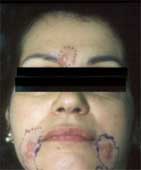


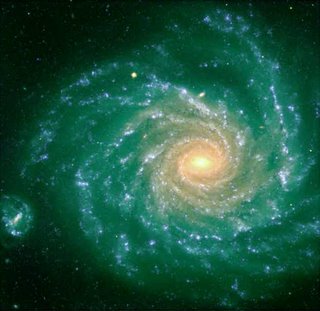
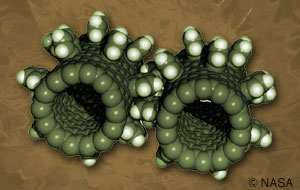


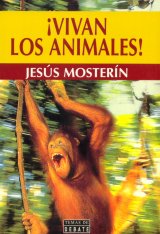

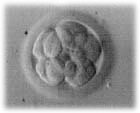
 número suficiente de ellas. En los grandes centros de investigación mundial, se trabaja con números reducidos de CM, obtenidas de embriones abortados, donaciones altruistas o, procedentes de Clinicas de Fertilidad asistida. La investigación en esta área, necesita miles de CM. Ni aún con los 2000 óvulos fecundados humanos con que contaba el coreano Hwang Woo-Suk, se pudo clonar con éxito un ser humano. La clonación de la oveja Dolly, se viabilizó tras remontar 280 intentos fallidos previos. Como decir, para clonar a un ser humano, seria necesario asesinar previamente a otros 280 o, más.
número suficiente de ellas. En los grandes centros de investigación mundial, se trabaja con números reducidos de CM, obtenidas de embriones abortados, donaciones altruistas o, procedentes de Clinicas de Fertilidad asistida. La investigación en esta área, necesita miles de CM. Ni aún con los 2000 óvulos fecundados humanos con que contaba el coreano Hwang Woo-Suk, se pudo clonar con éxito un ser humano. La clonación de la oveja Dolly, se viabilizó tras remontar 280 intentos fallidos previos. Como decir, para clonar a un ser humano, seria necesario asesinar previamente a otros 280 o, más.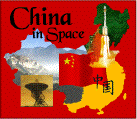
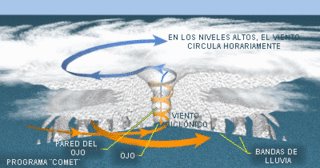


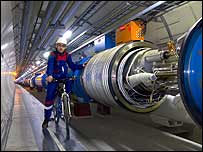


.+Photo+Author.jpg)


